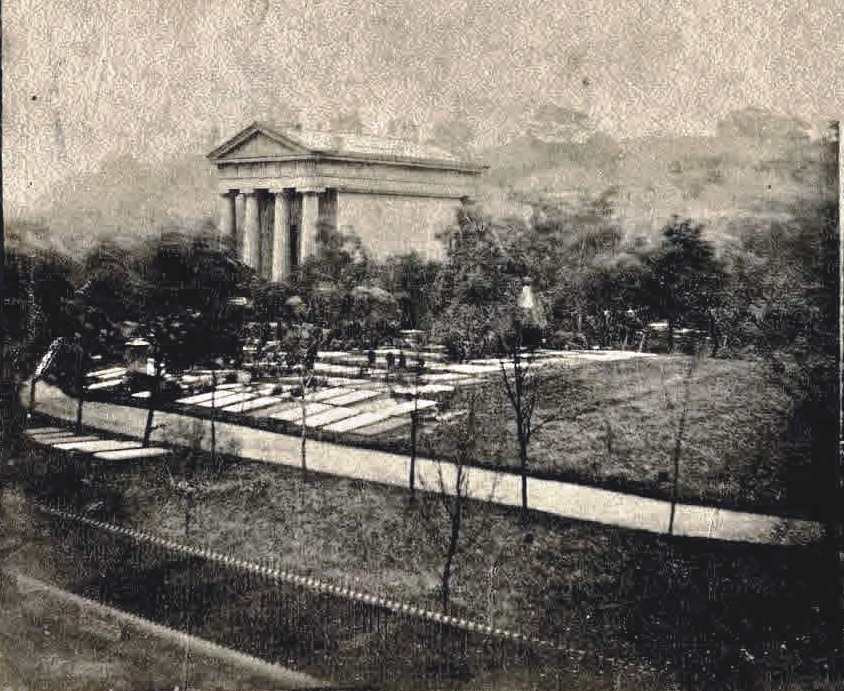W
Wendy
Guest
Astonian, if you go back to post #19 of this thread there is a map of Key Hill Cemetery. Section D is near to Key Hill and it is not a public grave area. As you have so much information it would be worth contacting Handsworth, this where the records for Key Hill are kept. They do charge but give a lot of information i.e. Name of deceased, burial register number, date of burial, age, date of death/cause of death (if given), last known address/place of death (if different), section and grave number, public or private grave. Alternatively you could visit Birmingham Library as they have the registers on microfilm. You will need reel 280 - 1836-1879. I hope this helps. Moma P




